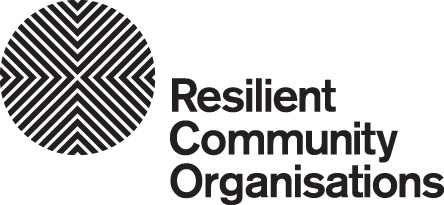Vulnerability to disasters and emergencies is complex and fluid and people may experience vulnerability in different and multiple ways. However, people experiencing poverty and disadvantage are disproportionately impacted by disasters and emergencies.
“Disasters induce stress against a backdrop of system stress associated with social structural position. As well, there are often secondary stresses – job loss, forced relocation, and economic hardship and uncertainty. Even though everyone may appear to be exposed to the same event, disasters are profoundly discriminatory wherever they hit, pre-existing structures and social conditions determine that (in the long run) some members of the community will be less affected, while others will pay a higher price.”
Some of the factors that contribute to the increased vulnerability to disasters and emergencies of people experiencing poverty and disadvantage include:
- Lack of choice in deciding where they live, and often being disproportionately concentrated in areas at high risk of negative environmental impacts
- Fewer economic resources to assist with preparing for and managing extreme weather, including being able to take out insurance
- Chronic physical and mental health conditions that affect their mobility and resilience
- Barriers to accessing mainstream sources of information about impending danger such as language barriers, remoteness and poverty (ie no phone or internet access)
- Need for greater support in evacuation and recovery, including to mobilise wheelchairs and maintain ongoing access to care and medication in the immediate aftermath of a disaster
- Less of a voice and being less able to influence decision-makers such as governments.[2]
Community Organisations
Community organisations support people experiencing both short- and long-term disadvantage to manage everyday adversity, to respond to times of crisis and to develop both individual and structural solutions to entrenched social and economic disadvantage.
The importance of our role in helping communities in each of the four plases of emergency management discussed in Step 1 is increasingly recognised by communities, emergency services and all levels of government.
In the community sector, we understand that vulnerability is complex and that not all people experiencing disadvantage will be vulnerable to disasters in the same way. We also have the relationships and expertise to support people experiencing poverty and disadvantage to build their disaster resilience.
Community organisations know who the socially vulnerable people in our communities are and where they work, live or visit.
For these reasons, community organisations are well placed and have a responsibility to support clients, staff and volunteers to become more prepared.
There are simple actions you can take now to help people for when they may be at their most vulnerable, during a disaster or emergency; a time when you may not be able to support them in the way you usually would.





